Traders buy melons in Thai Bao commune, Gia Binh district.
As soon as the last rain showers of June ended, Mrs. Bui Thi Mai and four workers gathered to harvest the remaining watermelons on the alluvial land of Trung Thanh village, Dai Lai commune (Gia Binh). After Typhoon Yagi and the low price of carrots at the beginning of the year, she did not expect the difficulties to continue into the summer crop. “My family has 6 acres of alluvial land to grow vegetables, which used to be the family’s main source of income. However, right when the plants were bearing fruit, there were 2 heavy rains, causing many areas to be damaged. Watermelon and cantaloupe are both heat-loving plants, and long-term water retention causes the fruit to crack, rot, and wilt. The yield has decreased significantly, reaching only 1.1 tons/sao, while in previous years it had to reach 1.5-1.7 tons/sao. The output is low but the market price is unstable, at times only 4,000-5,000 VND/kg; the average is 3-4 million VND/sao. Only a few batches of watermelon at the end of the season are 7,000-8,000 VND/kg,” Ms. Mai sadly shared.
It is estimated that for each sao of watermelon, farmers invest about 4 million VND, and for melons about 3 million VND/sao, including costs: land preparation, buying plastic to cover the bed surface, seeds, fertilizers, pesticides. With the income as before, Mrs. Mai's family has almost no profit. After focusing on harvesting, Mrs. Mai will let the land rest to prepare conditions for planting carrots at the end of the 7th lunar month. She plans to plant in alternating seasons, spread out the seasons, avoid mass harvesting and intercrop with spices to get short-term benefits to support long-term benefits.
Also a specialized area for growing vegetables on alluvial land, Tan Tien village, Cao Duc commune, Gia Binh district has more than 20 hectares of spring-summer vegetables on alluvial land, mainly growing watermelon and cantaloupe. Since the end of April, the weather has not been favorable for the growth of watermelon and cantaloupe plants, which only like the sun, and at the same time, it has created favorable conditions for fungi and bacteria that cause yellow leaves and vine death to develop, greatly affecting the yield. Mr. Nguyen Van Huong, Village Chief and Director of Tan Tien Agricultural Service Cooperative, said: “We instruct farmers to harvest quickly according to the motto of “green at home is better than old in the fields”, however, many households only earn 5 million/sao, which is considered to be break-even. A few households who harvest later only earn 8-9 million/sao. Currently, the Cooperative is directing farmers to urgently clear the land and apply soil-nourishing measures to prepare for the upcoming autumn-winter crop”.
It is known that in the summer crop of 2025, Gia Binh district planted 724 hectares of various crops. Of which, watermelon and cantaloupe are the main crops with an area of 457.8 hectares, grown on specialized land in the fields of Cao Duc, Van Ninh, Dai Lai, Thai Bao communes... in addition to some types of carrots, pickled vegetables, coriander, dill... Right from the beginning of the crop, the district directed the specialized department to focus on propagating support policies; recommending and guiding farmers on planting techniques, care, and integrated pest management according to technical requirements for each type of crop. Up to now, the fields have been basically harvested, farmers are drying the soil, preparing to plant autumn-winter crops with an area of about 711.7 hectares.
However, the problem for farming on the alluvial land of Gia Binh district in the following seasons is to ensure production efficiency. Accordingly, localities with alluvial land need to do a good job of planning, improving the transportation system, irrigation, drainage capacity and access to irrigation water. Change the crop structure, prioritizing those with high economic value, drought resistance, and good flood resistance. On that basis, schedule appropriate crop seasons for each type of crop, minimizing the situation of massive harvesting to be forced down in price. Promote production linkages, form large-scale crop areas, along with building brands, applying modern production measures, ensuring food hygiene and safety to find stable consumption partners. Increase the value of farming, help farmers feel secure in sticking to the land, maintain the green color on the alluvial areas.
Song Giang
Source: https://baobacninh.vn/mua-thu-hoach-tren-at-bai-97980.html







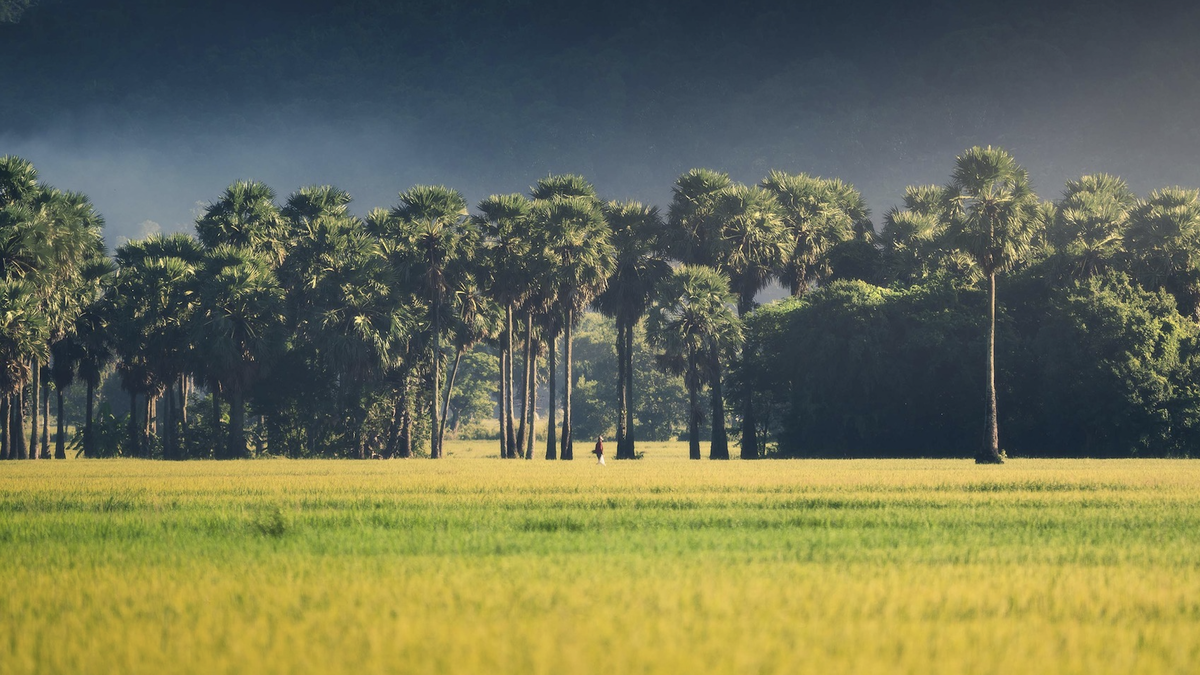






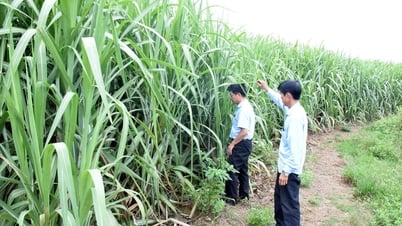

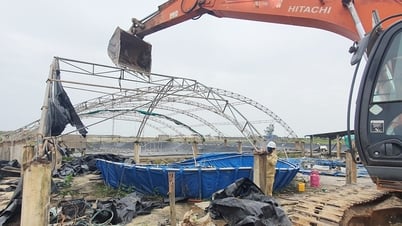








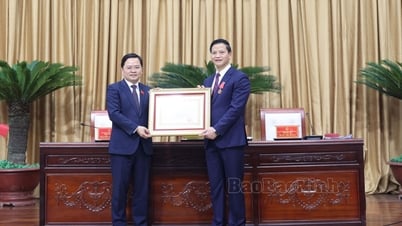

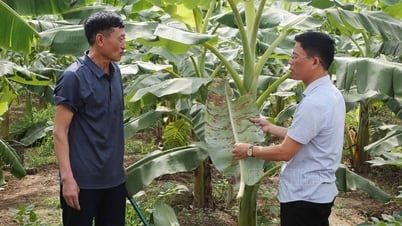


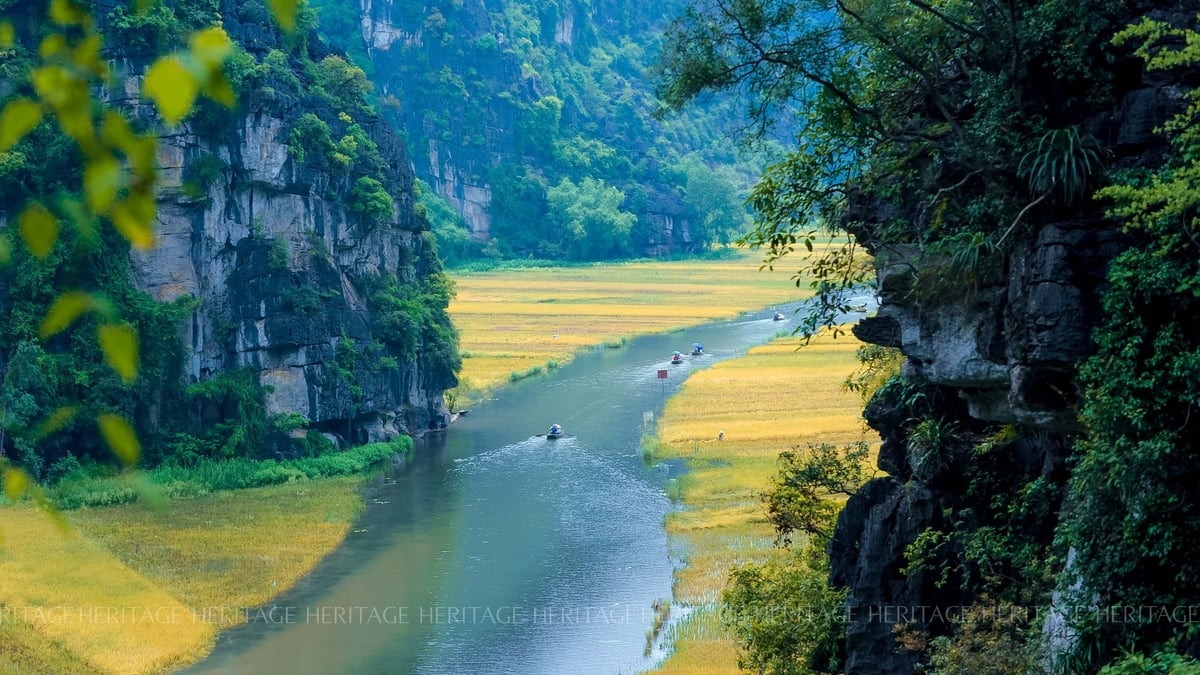
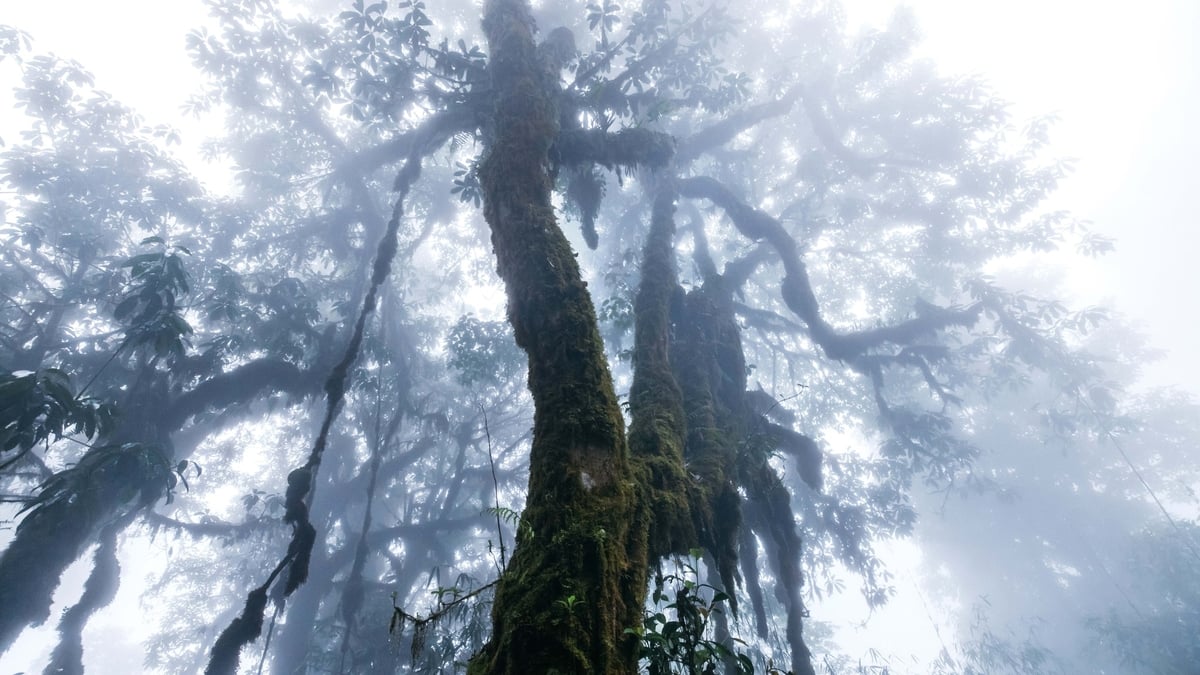
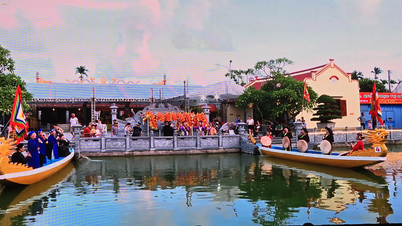

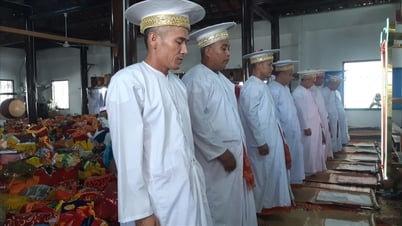

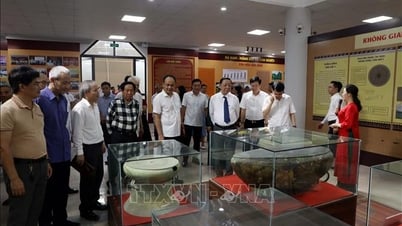





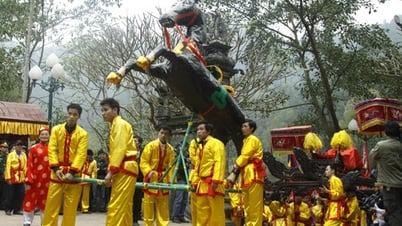

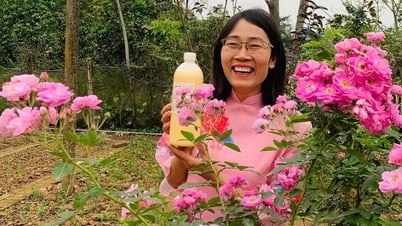

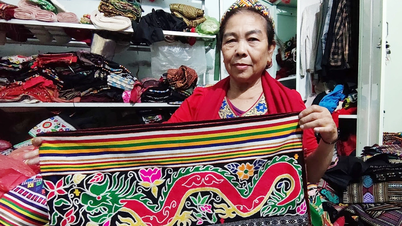

















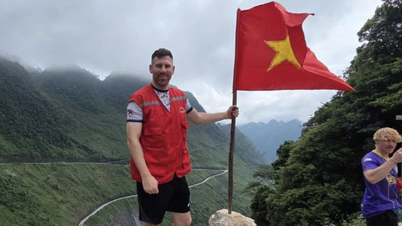
















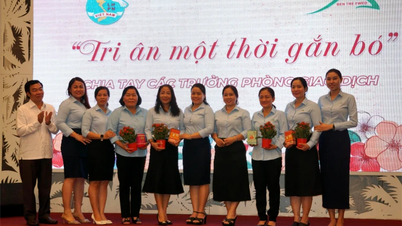





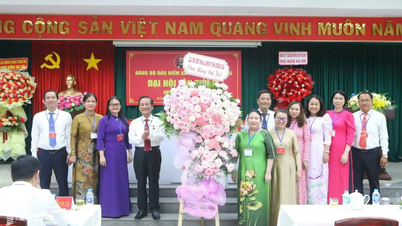














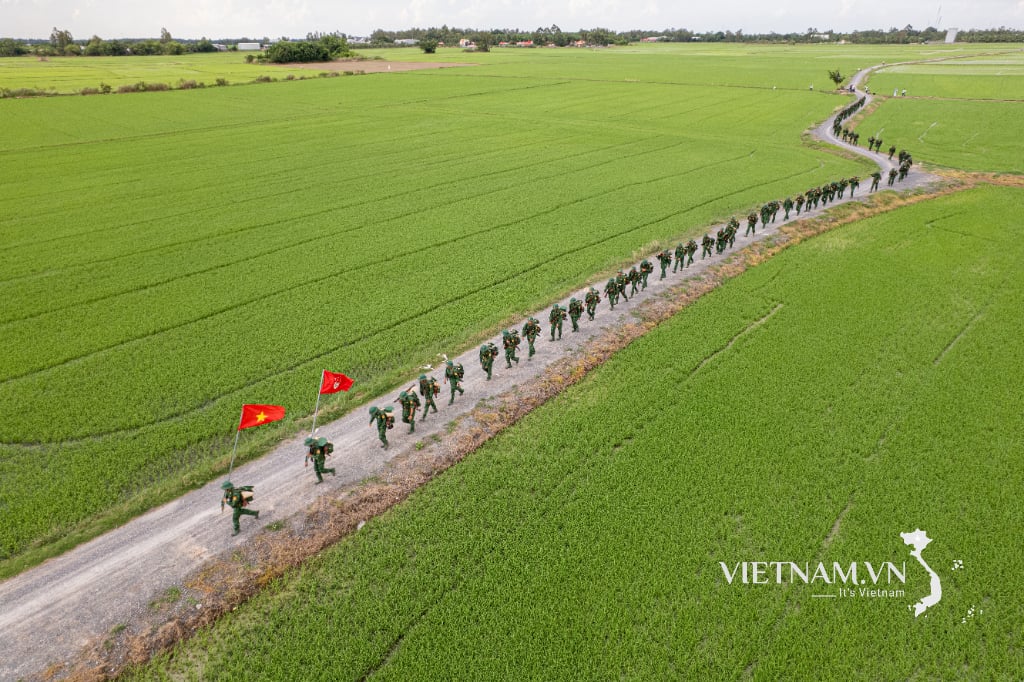

Comment (0)